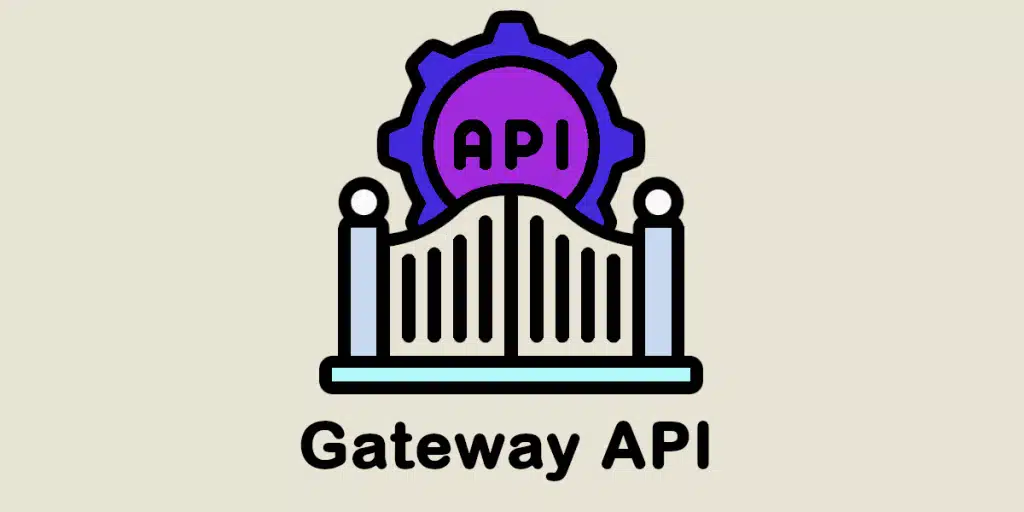APIs (Application Programming Interfaces) play an essential role in the communication and integration of different software components. However, managing them can quickly become complex and demanding. That's where API gateways come in, powerful tools designed to simplify and secure API management.

The API Gateway is a single point of entry for all the services in your microservices architecture. It acts as a proxy and enables communication between clients and services. Instead of communicating directly with each service, clients communicate with the API Gateway, which routes the request to the appropriate service. The Gateway API can also perform functions such as authentication, authorisation and caching.
Main features of API Gateways
They offer a wide range of features that simplify API management and improve API security.
| Feature | Description | Management of API requests | One of the fundamental features is its ability to manage API requests efficiently :
|
| Security and authentication | Security is a major concern for API management. The API Gateway enables :
|
| Monitoring and analysis | The API Gateway offers advanced monitoring and analysis tools to better understand the performance of their APIs :
|
Advantages of using an API gateway
An API gateway offers a number of advantages, which we will highlight in the table below:
| Functionality | Description |
| Simplifying the architecture |
|
| Improved security |
|
| Centralisation of requests |
|
| Scaling and resilience |
|
Conclusion
Implementing an API gateway requires you to think carefully about the tools and technologies best suited to your needs, particularly in terms of best practice:
- Take into account the requirements of your application’s architecture.
- Define routing rules and set up analysis and monitoring mechanisms.
- Follow best practice and recommendations when designing your APIs.
- Provide full documentation for the use of your APIs.
By setting up such a gateway, you can simplify the management of your APIs, while improving the security of your services and allowing the architecture of your applications to evolve. It plays a key role in creating a robust, high-performance API ecosystem.By setting up such a gateway, you can simplify the management of your APIs, while improving the security of your services and allowing the architecture of your applications to evolve. It plays a key role in creating a robust, high-performance API ecosystem.










